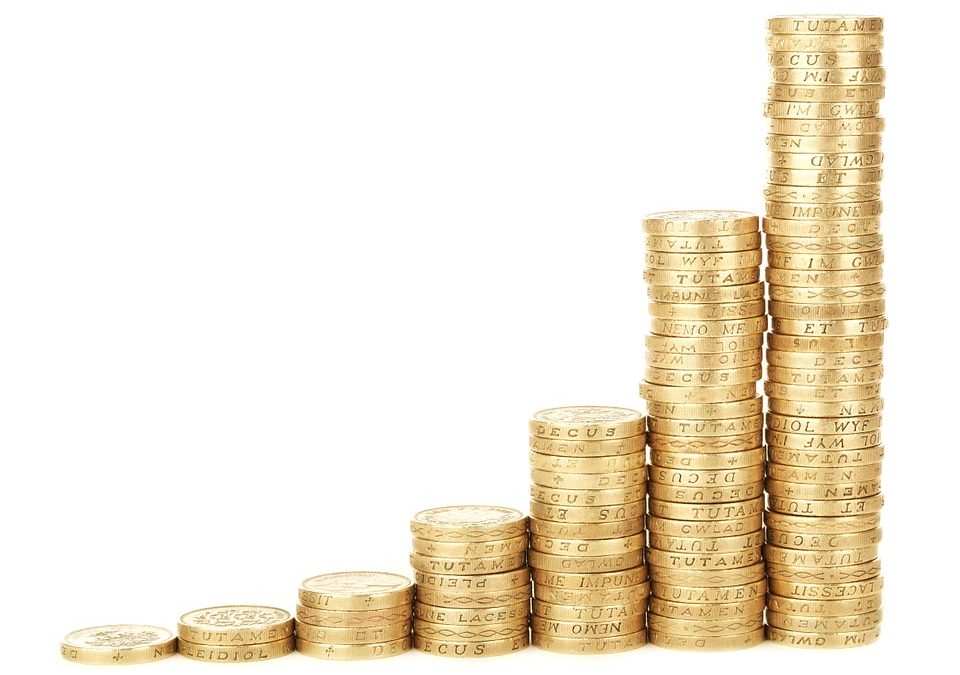I didn’t know what it was called, but I knew I had fallen prey to it several times.
I’m on a site, picking up whatever it is I know I need. I check out and am ready to close my browser and then…
BANG!
What is that?
Why… it’s an offer for an upgrade to something I just bought. It’s actually a better deal, even though it’s more money (classic consumer behavior, right?).
Now I have two options:
- Be “smart” and click the big orange button that basically says “YES, I’m smart and see that this is the right way to go!”
- Be lame and click the wimpy little blue link that says “No thanks” (read: I’m obviously not smart enough to see the value here, or too broke to afford it, or… well, you get the idea)
So what I did I do?
It’s what happened next that proved to me that this was the best idea ever…
I was expecting to go back to the shopping cart and go through checkout again. Of course, that gives me several clicks and some time to re-evaluate my purchase. Every second would count…
But that didn’t happen.
The minute I clicked the button, I was taken to a Thank You page.
Wait… that’s it? I’m done? No more entering credit card info again? No more clicks?
Do Not Pass Go
(but the merchant certainly collected their $200!)
Coooool!
What is it and how do you use it on your site?
It’s called a One-Click Up-Sell.
The name says it all: it’s like a traditional up-sell, but only takes one click.
It’s like being in the checkout line at the grocery store, seeing that pack of Twizzlers and being charged the minute you touch it.
Getting it to work for you requires three things:
- An up-sell (or many, if you’re really smart)
- Some well-written sales copy
- A software system and payment processor that supports it (and knows how to format it for maximum click rate)
The Up-Sell
This is the easiest part. In fact, I’m guessing you’re already doing some sort of cross-selling or up-selling on your site.
If not, here are some ideas:
- A “premium” package of an existing product
- A “bundle” of several, related products
- A “special offer” of something that you just want to sell the heck out of
- A subscription
- A consultation
One note: make the price jump reasonable. If they just bought a $7 download, don’t try to up-sell to a $5,000 course. If you’re doing something like a bundle, make sure the price of the up-sell is less than the cost of the individual products (or add in a bonus that more than makes up the difference).
Sales Copy
Writing great copy is far beyond the scope of this post. But the goal is obviously to focus on benefits of upgrading. So you want a combination of logic about why this makes good financial sense, as well as a lot of emotional hooks centered around the additional benefits they’ll receive and how good they’ll feel for making the smart decision.
The System
I’ll spare you the technical details, but when I decided to add this to the Wisdom Robot system, it took way more work than I expected!
But if you’re using a system that does support One-Click Up-Sells, here are some pointers on getting the most out of it:
- Strip everything from the page except the sales copy, button and link. No menus. No sidebars. No account links. Heck, I’d even suggest ditching the logo… they’ve already bought from you, so they know who you are. Bottom line: no distractions!
- Trigger your Up-Sells based on what they just bought. The more you can target the Up-Sell to their preferences, the more more people will buy.
- The “BUY” button needs to be ginormous, orange with really bold text. If you want to go nuts, add some arrows pointing to the button.
- The “No thanks” link needs to be small, plain text… just like an HTML link from 1998.

